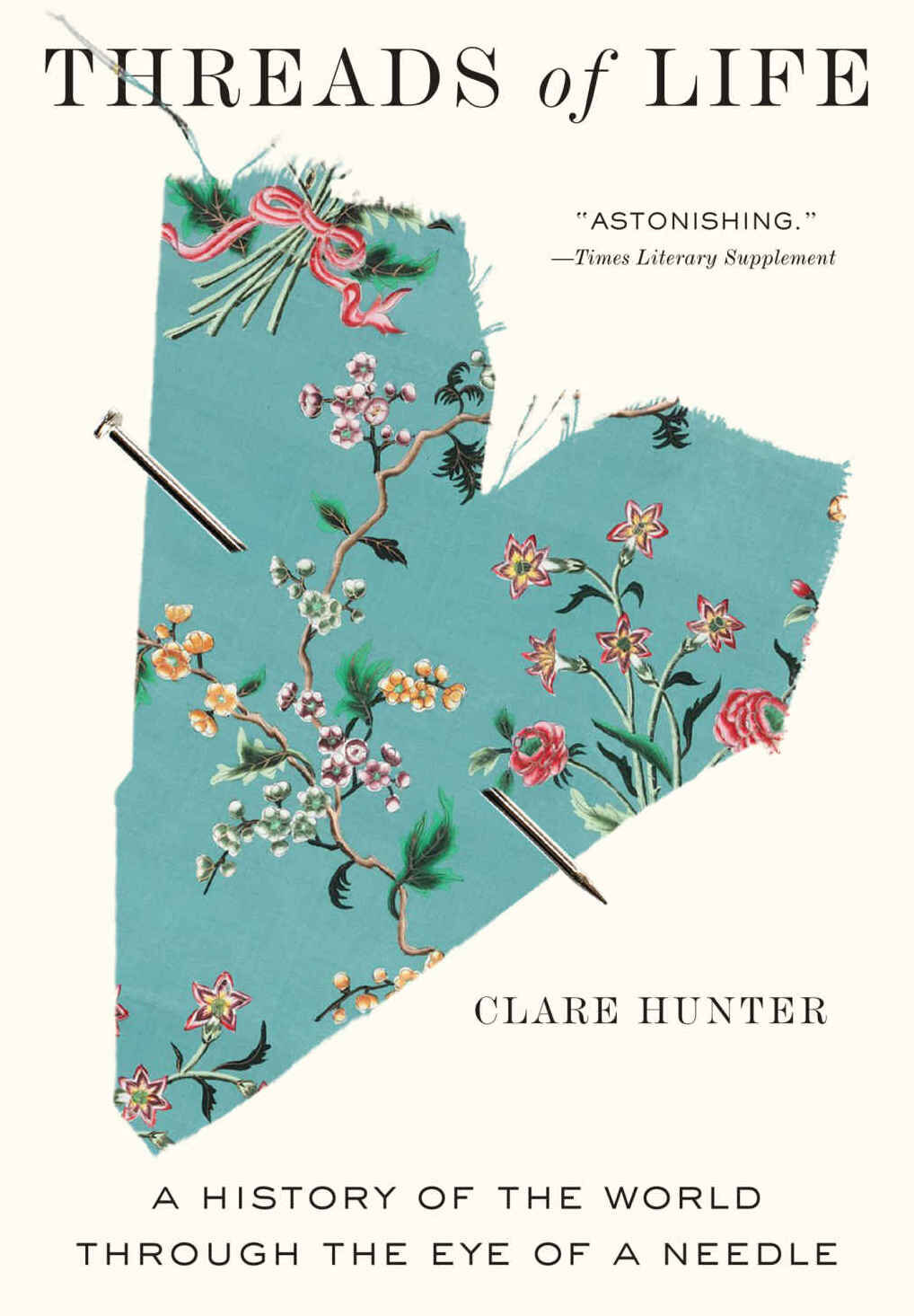Book of the Month: Threads of Life
Welcome to the first in a new series on the blog: Book of the Month! Every month, I’ll be bringing you a new reading selection and sharing why I chose it!
Disclaimer: This site is a participant in the Amazon.com affiliate program. Some links in this article are affiliate links that pay this site a commission at no cost to the reader when a purchase is made after a click.
This new series has started with a very simple purpose- to reclaim my love of reading. When I was younger, I was a voracious reader. In high school, the librarians I was a teacher’s aide for looked the other way while I blew through the limit on books to check out. They knew they’d all be back, fully read, before they were due. I must have read my way through the school’s entire history and biography section, along with a fair share of its other non-fiction sections as well. My reading habit got expensive when I got married and moved to a house that was barely a half mile from a Barnes & Noble!
Then, I suffered a brain injury and my eyes aged into the need for bifocals…between the two, reading books became very challenging. I could no longer fly through pages, devour entire books practically in a single sitting. In frustration, I transferred my attention elsewhere.
But I still love books, and have a thirst for exploring the world through them. So I have committed, after years of barely reading, to a goal of reading at least one book per month, which I’ll share here with you.
The first book I have chosen for this project is Threads of Life.
The book is authored by Clare Hunter, a Scottish curator and community textile artist. Examples from her personal experiences in those fields are woven into the book alongside the well-researched historical narratives.
Threads of Life combines two of my favorite things between its covers: sewing and history. When we think about sewing and its role in history, most of us probably stop at thinking about things like the intricate court costumes in Versailles-era France, or genteel ladies in Jane Austen’s time doing needlework to pass the time. But Hunter invites us to think about sewing as more than just practical by writing about embroidered court banners as displays of royal power, WWII prisoners using quilting and embroidery as a form of resistance, Hmong stitching story cloths as a way of preserving their cultural identity, soldiers stitching for rehabilitation, the AIDS quilt, and so much more. Pulling together various examples from ancient times to modern times, Hunter makes a compelling (and fascinating) case that sewing and embroidery are not just survival skills but a crucial part of the language and movement of history and culture.
Some of the stories Hunter writes about will likely be familiar to readers (such as the AIDS quilt) but doubtless many others will not (such as the well-researched history of Mary, Queen of Scot’s use of her personal embroidery as a political tool in her failed attempt to save herself from execution by her sister Elizabeth I of England). Overall, though, Threads of Life is an empowering read that will make any embroidery or sewing enthusiast feel connected to the heritage and power of needle and thread.

